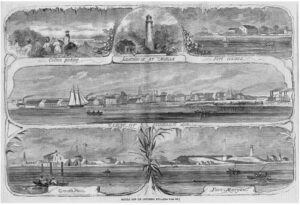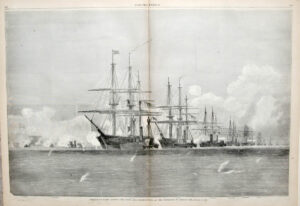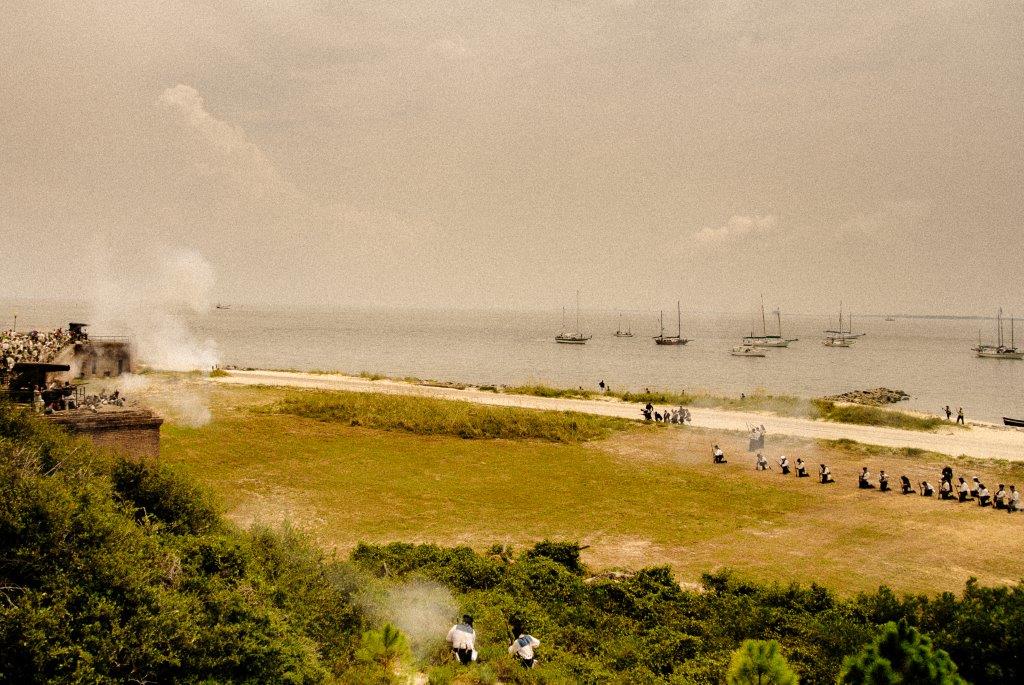Alabama’s Dauphin Island is a place with a fascinating and extensive history that dates back to roughly one thousand years B.C. Luckily, the Dauphin Island Chamber of Commerce and the Encyclopedia of Alabama have woven together much of the area’s recorded history.
The first supposed visitor to the area was Prince Madoc of Wales, who is said to have set foot on Dauphin Island in 1171. The first recorded history begins in 1519 when Dauphin Island and Mobile Bay were mapped by Alonzo Pineda, who named the island Isla de San Feliz. From this point, Dauphin Island saw many explorers and potential settlers. In 1682, it was claimed as part of the French colony of Louisiana.

(Fort Gaines Historic Site/Facebook)
In 1699, a man named Pierre Le Moyne D’Iberville brought other French explorers to the area to settle. Upon arrival, the settlers found a number of skeletons thought to be the last remnants of a lost colony and they were horrified. This discovery earned Dauphin Island the name Île du Massacre or Massacre Island.
The name was revisited in the early 1710s and the island became known as the Île Dauphine for Marie-Adélaïde de Savoie, the then princess of France. The final letter was later removed and the word dauphin, translating to dolphin in French, became the island’s new name. The French princess’s coat of arms included depictions of dolphins, and the town continues to use the symbol to this day.
The harbor was deemed unusable by the French in the 1720s, and, as a result, they left the island over the next years. This abandonment was also credited to the moving of the Louisiana capital to Biloxi from Mobile. In the 1760s, Dauphin Island was taken by the Spanish for roughly one year before coming under English possession after the 1763 Treaty of Paris which was responsible for ending the Seven Years’ War.

(Fort Gaines Historic Site/Facebook)
Dauphin Island was later taken by the Spanish, an ally to the American colonies, in 1781. The Spanish remained in the area until 1813 when the U.S. forces under Gen. James Wilkinson took the land back before the British occupied the land for a number of months in 1815.
In March 1817, Dauphin Island officially became part of the Alabama Territory, and in 1821, the construction of Fort Gaines by the U.S. government commenced. Fort Gaines was built to defend Mobile Bay, but, as funding was limited, remained incomplete when utilized during the Civil War. Small improvements took place at the beginning of the 1900s before the radar installation was erected during World War II.




